- Jesus didn’t die yet
- the Romans let Jesus go
- the disciples stole the body
- wrong tomb
- Talpiot tomb
- 75% of scholars believe in the empty tomb
- six early independent sources
- simplicity of Mark’s account
- presence of Jewish polemic
- no competing burial story exist
- the women’s testimony
- absence of ossuary burial
- absence of veneration at the tomb
- Shroud of Turin
- Nazareth Inscription
- preaching of a risen Jesus in Jerusalem
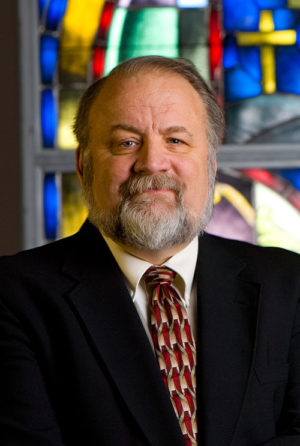
Gary Habermas
did a research of 2,2K+ sources from 3,4K scholars since 1975, in French, English & German
75% of them
(Christians & atheists) believes that the tomb of Jesus was empty1

Sources
We have six early independent sources for the empty tomb:
- Matthew 28:1-10
- Mark 16:1-8
- Luke 24:1-12
- John 20:1-8
- Acts 2:29-32 / 13:36-37
- 1 Corinthians 15:4
The order of events in 1 Corinthians, Acts and Mark are identical4.
Luke include the independent source “L” into his narrative. Since it corroborate independently with John about Peter and the unnamed disciple who visited the empty tomb, it indicate that he is drawing upon prior tradition5.
Since Jesus was buried and raised, it assume logically that His tomb must be left empty.
Simplicity of Mark’s account
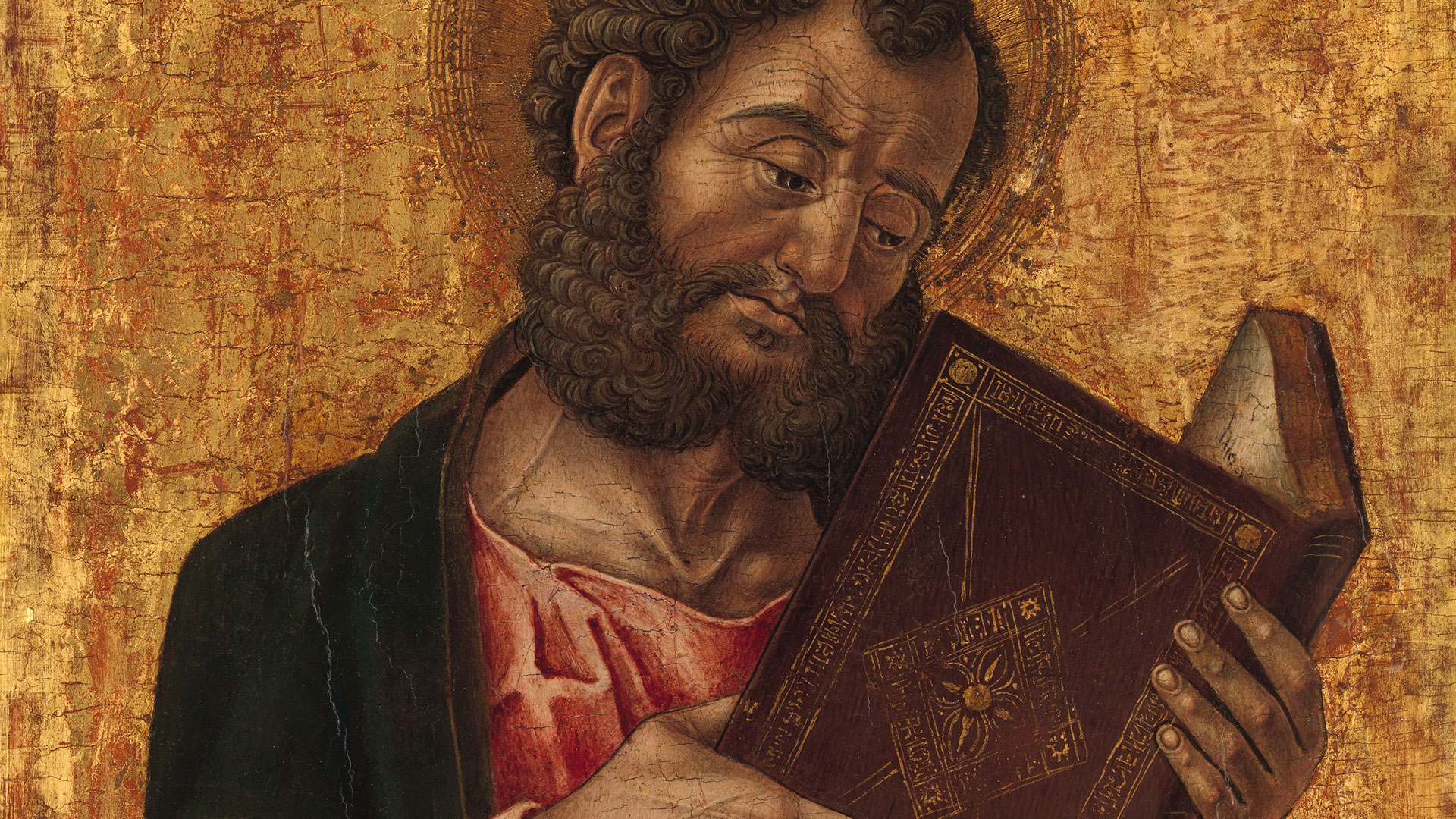
Mark’s passion story
- one story, forming a smooth, continuous narrative
- linked by grammatical & linguistic ties
- Christians are less likely to preach Jesus’ passion ending with the burial alone
- Mark’s longer ending
(16:9-20)is detected as a forgery by later scribes
Myth typically evolves with more legendary elements to it.
Mark is the earliest Gospel. Even the radical critic Rudolph Bultmann admit: his story of the empty tomb is simple and lacks legendary development8. It is not sophisticated enough to be a late fabrication where Christians thought about it in a deeper way. Many subjects are absent: resurrection appearance, reflection on Jesus’ triumph over sin & death, no divine title, no citation of fulfilled prophecy, or a risen Lord. It must have been preserved from a very early stage of Christianity, where it was free of ideology.
If we compare it with two 2nd century CE forged texts, we’ll see how sober it is:
- Gospel of Peter
(8:35-42): two giant angels (reaching the heavens) with a talking cross - Ascension of Isaiah
(3:16): Jesus comes out of the tomb sitting on the shoulders of the angels Michael and Gabriel
Presence of Jewish polemic
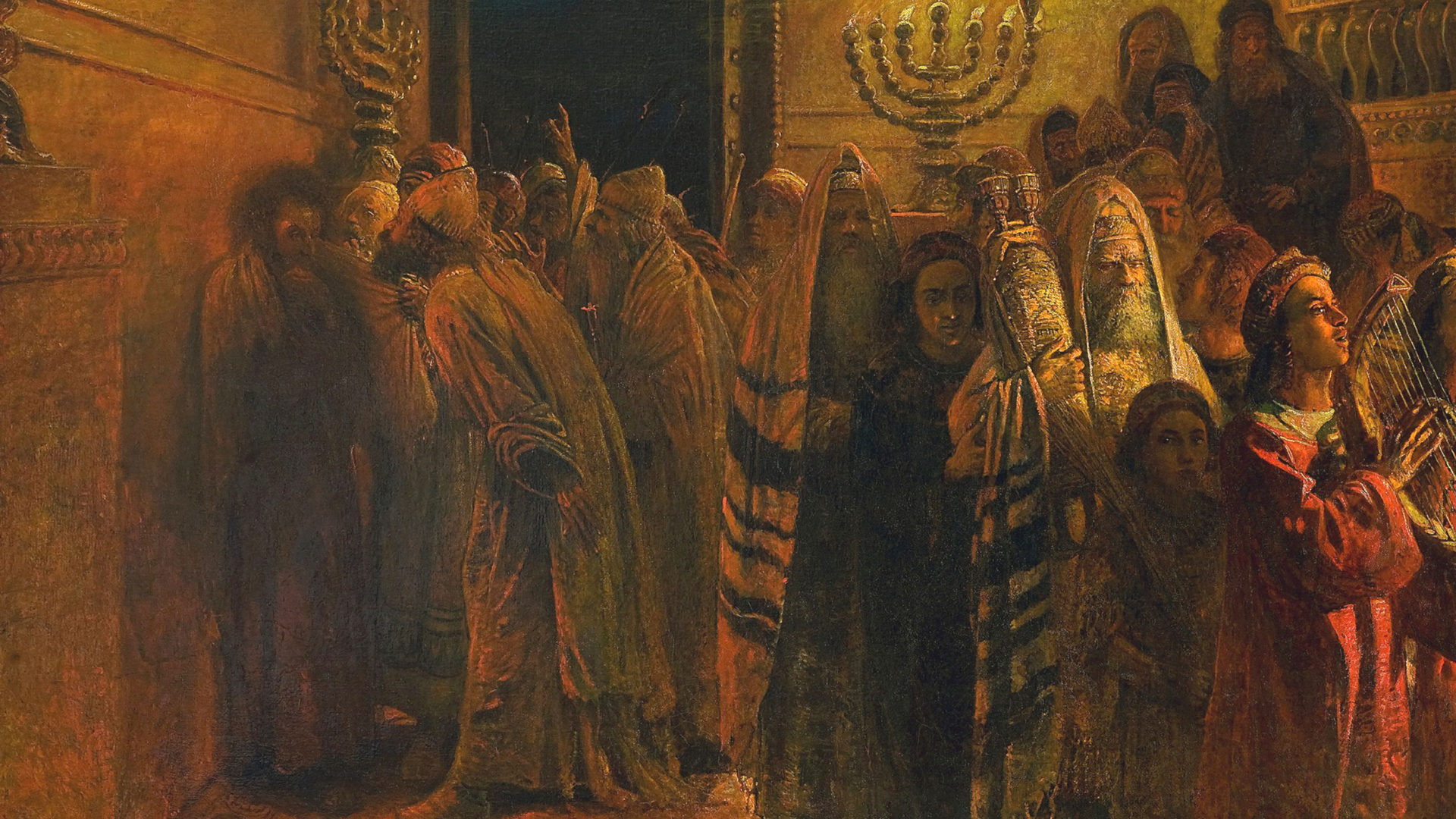
Cover-up
The enemies of Jesus (Romans and Jews) were unable to suppress the fact of the tomb being empty, because they too, believed it really happened. The only way they could stop the disciples to proclaim a risen Jesus would be to prove to everyone that the body of Jesus is still in the tomb. Or find a corpse that looks like Jesus.
On the Sunday morning after the crucifixion of Jesus, the Roman guards reported to the Jewish council in Jerusalem that the body of Jesus went missing. To get themselves out of trouble (Jewish authorities), they had to cover up the story by spreading a rumor that the disciples stole the body (Mt 28:11-15).
“And this story has circulated among the Jews to the present day.”
Matthew 28:15
If the Sanhedrin wanted to stop Christianity to spread around the world, they could simply show to everybody that Jesus’ body is still in the tomb, and not missing. But that’s not what happened.
No other burial story exists
Matthew didn’t invent that story: instead, he got it from the source “M” since it was suffused with non-Matthean vocabulary9.
Historically, no other burial story was ever produced to refute the empty tomb. No alternatives exist. Instead, all the early critics of Christianity accused Jesus’ disciples of stealing the body:
- Matthew‘s Gospel
(80s CE) - Justin Martyr‘s “Dialogue with Trypho”, 108
(160 CE) - Tertullian‘s “De Spectaculis”, 30
(200 CE) - Toledot Yeshu
(5th century CE)
Thus, we have 2 enemy attestations to confirm in the fact of the empty tomb:
- Roman guards
- chief priests of Jerusalem
Women’s testimony

Historical context
People don’t makeup stories to damage themselves.
Woman’s testimony in a patriarchal 1st-century Palestine was considered worthless13, and women were badly view14. If the Gospel authors made-up the story of the empty tomb, they will never include an embarrassing detail like this one: it doesn’t advantage them. They would instead make male disciples (e.g. Peter, John, etc.) to be the first discoverers of the empty tomb, just to look more credible.
As a proof of cultural influence: Paul doesn’t mention the women in 1 Corinthians 15! He starts with Peter (without mentioning that he was the 1st witness), and the list goes on with only male witnesses. The Apostles also didn’t believed the women’s claims (Lk 24:11) and had to check by themselves.
The fact that the authors decided not to remove these embarrassing passages, there’s a good chance that they were telling the truth, since they know it could damage their Jewish credibility.
Thus we fill three historical criteria:
- embarrassing detail
- multiple attestations
- …
Archeology
Ossuary box
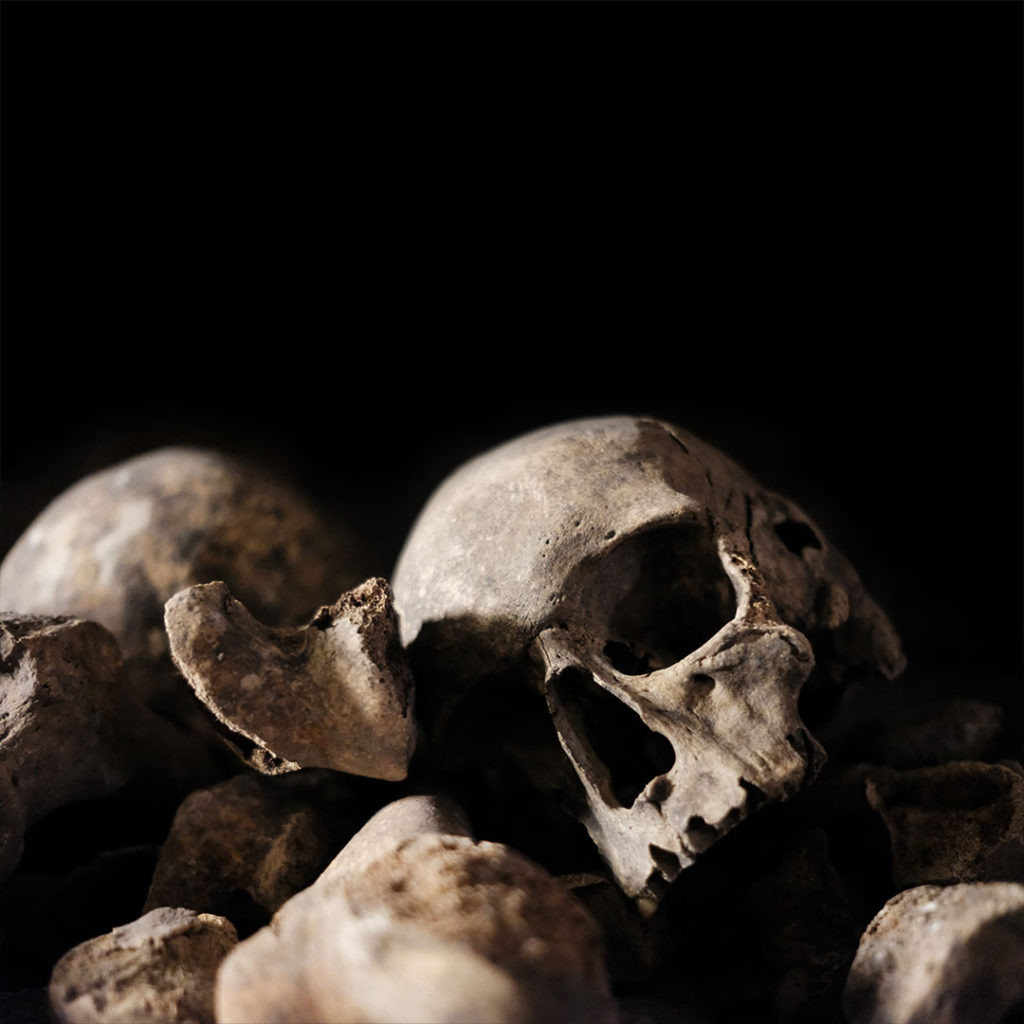
In other word, the tomb was abandon and no one ever pay attention to it anymore because the body is missing.
The stone over the entrance was so heavy (around 2 tons19) that it would require several men to push it back. Discouraged disciples who try to steal the body are no match against Roman guards who could simply alert other Roman soldiers.
On October 2016, the tomb of Jesus was open for researches20. Two things happen around the tomb: sweet aromas and electromagnetic disturbances. Some might believe, that the radiation is an antique effect of the Shroud of Turin.
The bones of Jesus was never collected one year later to put inside an ossuary box according to Jewish burial tradition21(during the Herodian period of 35 BC – 70 AD22). The followers of Jesus could have simply keep it as a ‘souvenir’ of his passage on earth. That’s because they no longer resides in the tomb.
Outside of the highly controversial Talpiot tomb (see below), there’s no evidence of an ossuary box that contain Jesus’ body.
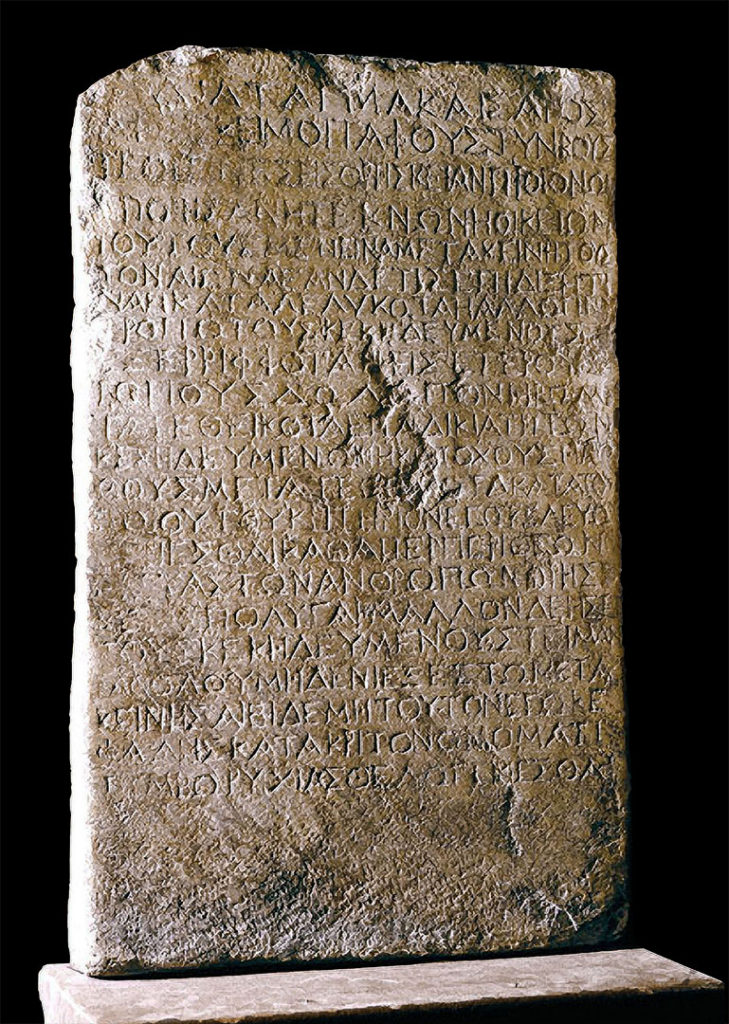
Nazareth inscription
The tablet was a Roman decree.
- dates around 50 CE (after the resurrection)
- ordered by Emperor Claudius
- forbidding to steal a dead body, otherwise one has to face the Roman death penalty
Preaching in Jerusalem
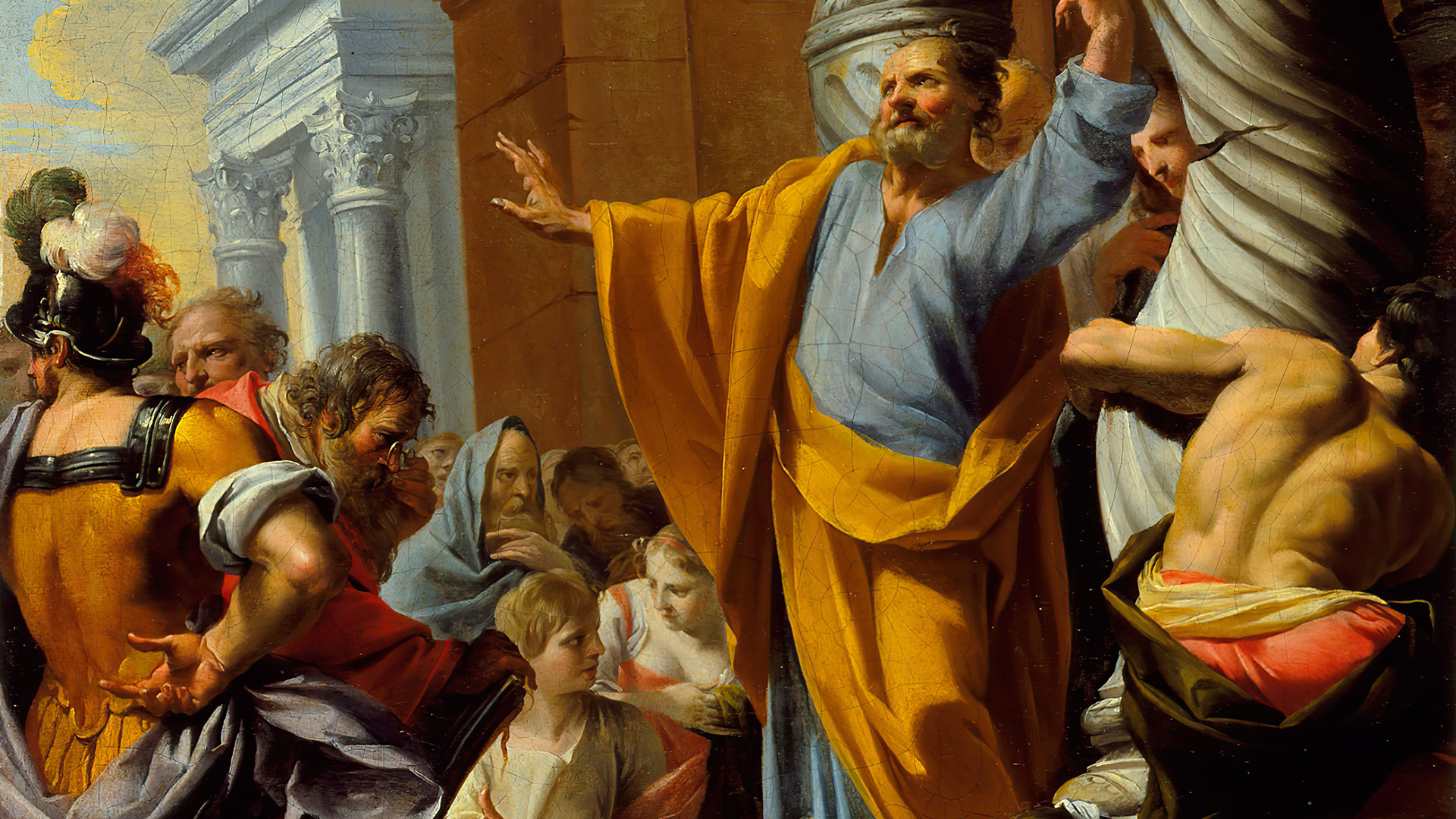
The early Church started in Jerusalem, because they believed that Jesus will come back in that city one day (Mal 3:1)25. Jesus died publicly on the cross and was laid in a tomb that was in close proximity. Anybody could have known where he was placed.
B’s causality depends of A. If the tomb was never found empty, the beginning of the preaching of a risen Jesus would never had happen. They would failed miserably pretty quickly.
The early Christianity movement could only survived as long as the tomb is empty. If anybody would have found the body of Jesus, the movement would end immediately. But that wasn’t the case.
- seven-week time frame between the crucifixion and first preaching in Jerusalem is historical26 (there’s no reason to make up such delay)
- proximity of Joseph’s tomb (anybody can check the fact of the empty tomb)
As long as the body of Jesus is missing in the tomb, Christianity can continue to grow.
The disciples left Jesus when He got crucified because they believed that He was another failed Messiah (real Messiah is supposed to reign forever).
The disciples left Jesus when He got crucified because they believed that He was another failed Messiah (real Messiah is supposed to reign forever).
The tomb was known to the people of Jerusalem. If anybody doubt that it was left empty, they could simply verified it by themselves.
The Apostles were able to confidently proclaim a risen Jesus because they knew for sure that the body was missing in the tomb, and they saw Him appearing bodily to them later. Their first place of evangelization: Jerusalem, the most dangerous place to start. If anybody doesn’t believe them, they could just go check the tomb by themselves: it’s empty!
Jerusalem was a very hostile place to talk about a risen Jesus at that time. The Sanhedrin hated Jesus. His movement needed to be suppressed. The disciples were so haunted by the Romans and the Jewish authority: they hide behind locked doors (Jn 20:19), stop talking about Jesus publicly (Jn 7:13), and fled during his arrest in the garden (Mk 14:50, Mt 26:56). They don’t want to die like Jesus. Yet, just after a short period of time after, we find the disciples all around the city boldly speaking about Jesus being risen from the dead, at the risk of their own life. What suddenly gave them that confidence?
If the body of Jesus was still in the tomb:
- the Apostles will never find the courage to speak about Jesus being resurrected
- Jesus is just another failed Messiah
- anybody could go check out the tomb (easy to find) and denounce the Apostles as liars
If the body of Jesus was missing, we have these options:
- Jesus survived and escaped by himself
- the disciples stole the body
- wrong tomb
- the Romans let Jesus go away
- Jesus’ body miraculously disappear
Objections
- Jesus survived and escaped by Himself
- Wrong tomb
- The disciples stole the body
- The Romans let Jesus go away
Jesus survived and escaped by himself

Also known as the “swoon theory“, it is medically confirmed that Jesus indeed died on the cross. Now, even if, by a miracle, Jesus would have survived the crucifixion, He would die in the tomb anyway, due to the lack of oxygen. The rolling stone at the entrance of the grave was way too heavy for a damaged body to pull away, even worst, confront strong Roman soldiers.
If Jesus didn’t die and crawl out of the tomb in one way or another, He would be so severely damaged and would never convince the Apostles that He was a risen Savior.
Wrong tomb
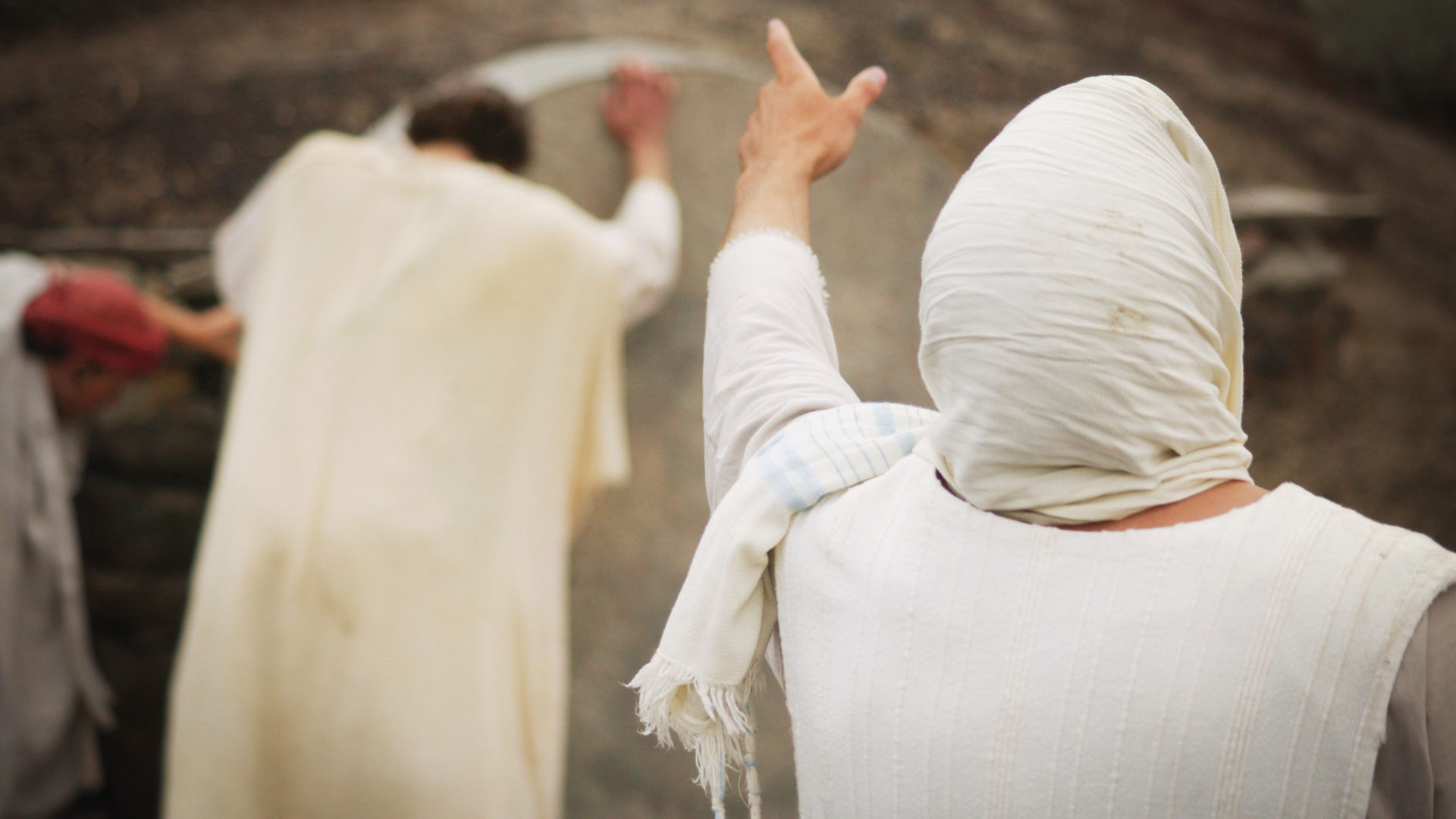
Perhaps the disciples went to the wrong tomb? This theory is unlikely probable.
- the disciples saw Jesus alive
- the cross & the tomb are very close
(Jn 19:42) - the women knew where it was27
- the tomb belongs to Joseph of Arimathea (he surely know where is his)
- there were Roman guards in front of it
(Mt 27:66) - the tomb was sealed
(Mt 27:66) - there was a garden surrounding it
(Jn 19:41) - the shroud was still there
Talpiot Tomb
‘The Talpiot Tomb‘ movie from 2007 made a real scandal: researchers thought they found the real tomb of Jesus. The tomb hosts the body of a couple: a man named “Jesus”, with a woman named “Mary Magdalene”, not having the same blood type, presumably married. That movie ends up been rejected by scholars as a hoax. There are many problems with that discovery:
- we have evidence of the real tomb of Jesus
- Jesus’ name is the 6th most popular in 1st century Palestine
- the biblical Mary Magdalene’s body is in France
If you’re more interested in the topic, Gary Habermas has written a whole book on it.
The Romans let Jesus go

In the Gospel of Matthew, the chief priests & Pharisees wanted to take precautions about the prophecies of Jesus’ resurrection. So they asked Pilate to send out a military troop to keep the tomb secure until Sunday (Mt 27:62). Ordered from Pilate, the right amount of pressure was pushed upon the Roman guards.
- Mt 27:65 – the tomb was highly secured
- Mt 27:66 – the tomb was sealed & kept by guards
Publius Flavius Vegetius Renatus (4th century) wrote a description of how the Roman military worked at that time.
- Roman guard unit: 4 to 16 man
- rotation of 4 guards each 4 hours while the 12 others sleep
- guards are severely punished if they fail at a task
It would be unreasonable to think that the Roman guards would let the body of Jesus away.
The disciples stole the body
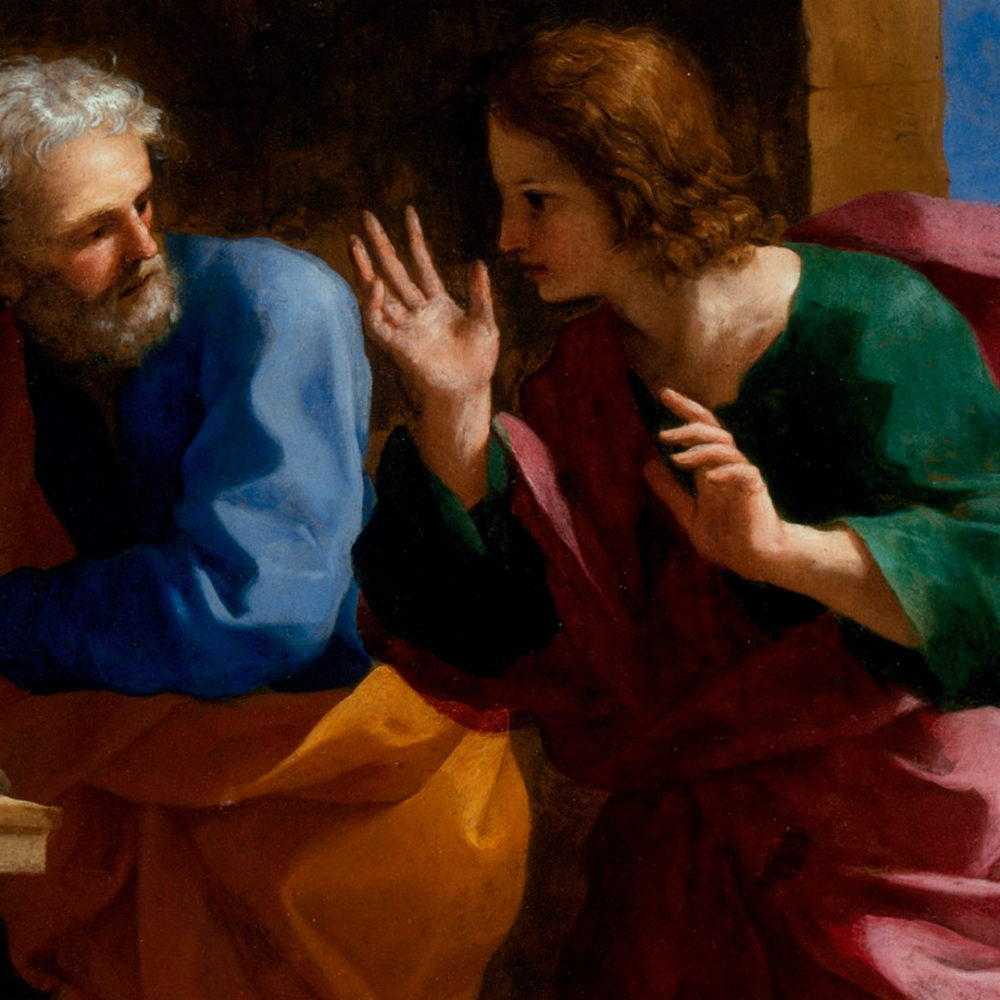
- the Roman guard was still there actively until Sunday morning
(Mt 28:1-4) - the disciples lost hope when Jesus was crucified
- the real Messiah isn’t supposed to die shamefully on a cross
- Mary (Jesus’s mother) & John were the only one to stay under the cross
- a dead body or severely damage would put the disciples in grief; it would never convince them to evangelize a risen Jesus
- doesn’t explain how Jesus appears to the 500, James & Paul
- Gary R. Habermas and Michael R. Licona, “The Case for the Resurrection of Jesus”, (Grand Rapids, MI: Kregel Publications, 2004), 70
- James D.G. Dunn, “Christianity in the making (vol 1): Jesus Remembered”, (Grand Rapids: Eerdmans, 2003), 855
- William Lane Craig, “The Empty Tomb of Jesus”, in Gospel Perspective II, ed. R.T. France and David Wenham (Sheffield, JSOT Press, 1981), 190-191
- William Lane Craig, “The Son Rises: Historical Evidence for the Resurrection of Jesus”, (Eugene, OR: Wipf and Stock Publishers, 1981), 49
- https://www.reasonablefaith.org/writings/question-answer/independent-sources-of-the-empty-tomb
- Gerd Theissen, “The Gospels in Context: Social and Political History in the Synoptic Tradition”, (Minneapolis: Fortress Press, 1991), 188-189
- William Lane Craig, “On Guard: Defending Your Faith with Reason and Precision”, (David C. Cook, 2010), 224
- Rudolph Bultmann, “History”, 309 as quoted on William Lane Craig, “On Guard: Defending Your Faith with Reason and Precision”, (David C. Cook, 2010), 226
- https://www.reasonablefaith.org/writings/question-answer/independent-sources-of-the-empty-tomb
- Mt 28:1, Mk 16:1, Lk 24:10, Jn 20:1
- Herman Hendrickx, “Resurrection Narratives”, (G. Chapmain, 1984), 15
- Josephus, “Antiquities of the Jews”,15.61, 17.196-99
- Josephus (Antiquities of the Jews, 4.8.15) and Talmud (Rosh Hashannah 1.8)
- Talmud Sotah 19a, Talmud Kiddushin 82b, Berachos 60b
- m. Sandherin 6:6, Semahot 12:9; cf. Semahot 3.2, cf. b. Qiddushin 31b.
- Daniel 12:2, Isaiah 26:19, 2 Macc 7:9, Jewish War 3.374, 2.163; 4Q521; 1QH 14.34; 4Q 385-391, Genesis Rabbah 14.5; Leviticus Rabbah 14.9
- Edwin M. Yamauchi, “Easter-Myth, Hallucination, or History”, Christianity Today 4 (March 15, 1974), 4-16
- James D.G. Dunn, “Jesus and the Spirit”, (London: SCM, 1975), 120
- Josh McDowell and Sean McDowell, “Evidence that demands a verdict: life-changing truth for a skeptical world”, (Thomas Nelson, 2017), 254
- https://aleteia.org/2016/11/15/mysteries-surround-the-opening-of-the-tomb-of-christ
- m. Sandherin 6:6, Semahot 12:9; cf. Semahot 3.2, cf. b. Qiddushin 31b.
- Craig A. Evans and N.T. Wright, “Jesus, the final days: what really happened”, (Louisville, KT: Westminster John Know Press, 2009), 41
- Suetonius, “The Twelve Cesar”
- Acts 18:2
- James D.G. Dunn, “Unity And Diversity In the New Testament: An Inquiry into the Character of Earliest Christianity”, (London: SCM Press, 2006), 256-257
- J.P. Moreland, “Scaling the Secular City: A Defense of Christianity”, (Grand Rapids, MI: Baker Book House, 1987), 160
- Mt 27:61, Mk 15:47, Lk 23:55